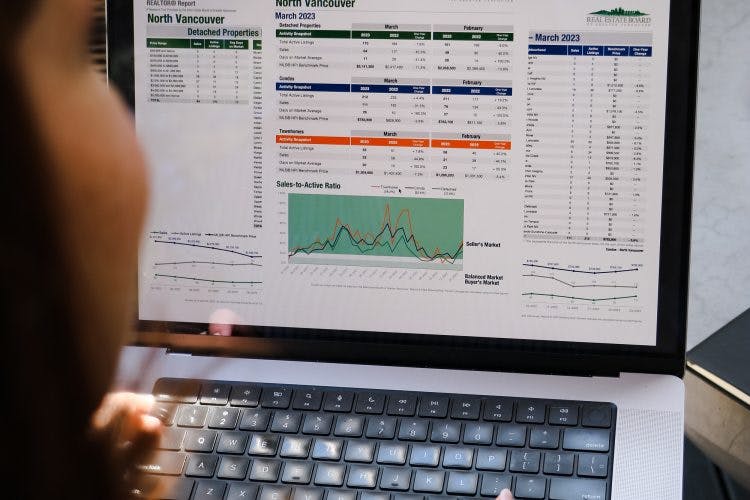 The housing market is a dynamic and complex ecosystem influenced by a multitude of factors, ranging from economic conditions and interest rates to government policies and local supply and demand. As prospective homebuyers, sellers, investors, and policymakers navigate this intricate landscape, one invaluable tool emerges as a guiding light: the 10-year average.
The housing market is a dynamic and complex ecosystem influenced by a multitude of factors, ranging from economic conditions and interest rates to government policies and local supply and demand. As prospective homebuyers, sellers, investors, and policymakers navigate this intricate landscape, one invaluable tool emerges as a guiding light: the 10-year average.
In this blog post, we delve into why the 10-year average matters when comparing data in the housing market and how it contributes to a deeper understanding of trends and patterns.
Reduced Volatility for Clearer Insights
Annual housing market data can often resemble a roller coaster ride, with steep ups and downs driven by various short-term influences. These fluctuations can make it challenging to grasp the true trajectory of the market. This is where the 10-year average comes into play. By calculating the average of key metrics, such as housing prices or inventory levels, over a decade, analysts and stakeholders can smooth out the rough edges and gain clearer insights into the overall trend. This reduction in volatility provides a more stable perspective on the market’s behavior.
Capturing Long-Term Patterns
Real estate markets operate in cycles that span multiple years. These cycles are shaped by economic cycles, demographic shifts, and broader societal changes. Trying to discern these longer-term patterns from a year-to-year analysis can be akin to studying a single brushstroke in a masterpiece. The 10-year average acts as a broader canvas, allowing us to capture the sweeping strokes that define the market’s long-term behavior. This historical context is essential for understanding whether the current market conditions are part of a larger trend or a short-lived anomaly.
Mitigating the Impact of Outliers
In any dataset, there are bound to be outliers—single years characterized by unusually high or low values. These outliers can skew our perception of the market’s overall performance and lead to hasty conclusions. By calculating the 10-year average, we can minimize the impact of these outliers and focus on the consistent patterns that truly define the market. This approach ensures that our analysis is grounded in a more representative sample of data.
Informed Decision-Making
Whether you’re a prospective homebuyer looking to make a wise investment or a policymaker crafting regulations that shape the housing landscape, the 10-year average provides a valuable compass. Long-term averages empower us to make informed decisions by offering a historical perspective on market behavior. For example, if the 10-year average reveals a steady increase in housing prices, it suggests that the market has been appreciating over time. This insight can guide decision-makers in devising strategies that align with the market’s historical trajectory.
Identifying Trends Beyond the Surface
Surface-level analysis can often mask deeper trends that unfold over time. The 10-year average allows us to peel back the layers and uncover these trends that might not be immediately evident. By zooming out and observing the market’s performance over a decade, we gain a holistic understanding of whether the market is experiencing sustained growth, stabilization, or decline. Armed with this knowledge, we can better anticipate future shifts and navigate the market with greater confidence.
Policy Implications and Adaptability
The 10-year average holds particular significance for policymakers and government agencies tasked with shaping housing policies. By examining long-term averages, these stakeholders can evaluate the impact of existing policies and identify areas for improvement. Whether it’s addressing affordability concerns, stimulating demand, or ensuring market stability, the 10-year average provides a benchmark against which policy interventions can be measured.
The 10-year average serves as a cornerstone in deciphering the intricate tapestry of the housing market. Its ability to smooth volatility, uncover long-term patterns, mitigate outliers, inform decision-making, reveal hidden trends, and guide policy implementation underscores its importance. While the 10-year average is a powerful tool, it’s crucial to remember that it’s just one piece of the puzzle.
Complementing this historical perspective with up-to-date, relevant data ensures a well-rounded understanding of the housing market’s current state and its potential future trajectories. As we navigate the ever-evolving landscape of real estate, the 10-year average stands as a steadfast ally, offering insights that illuminate the path ahead.
Wondering how your home fits into the current market? Call us – let’s chat!




